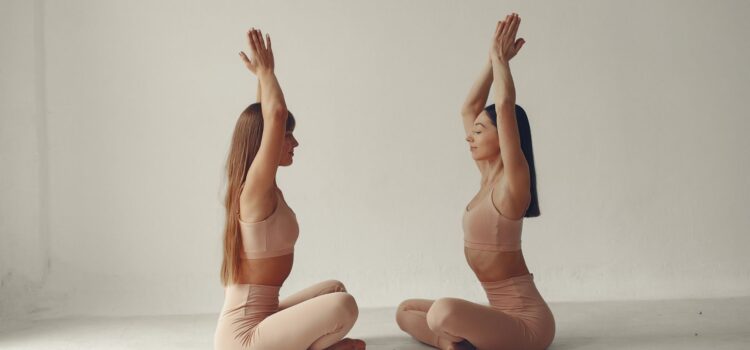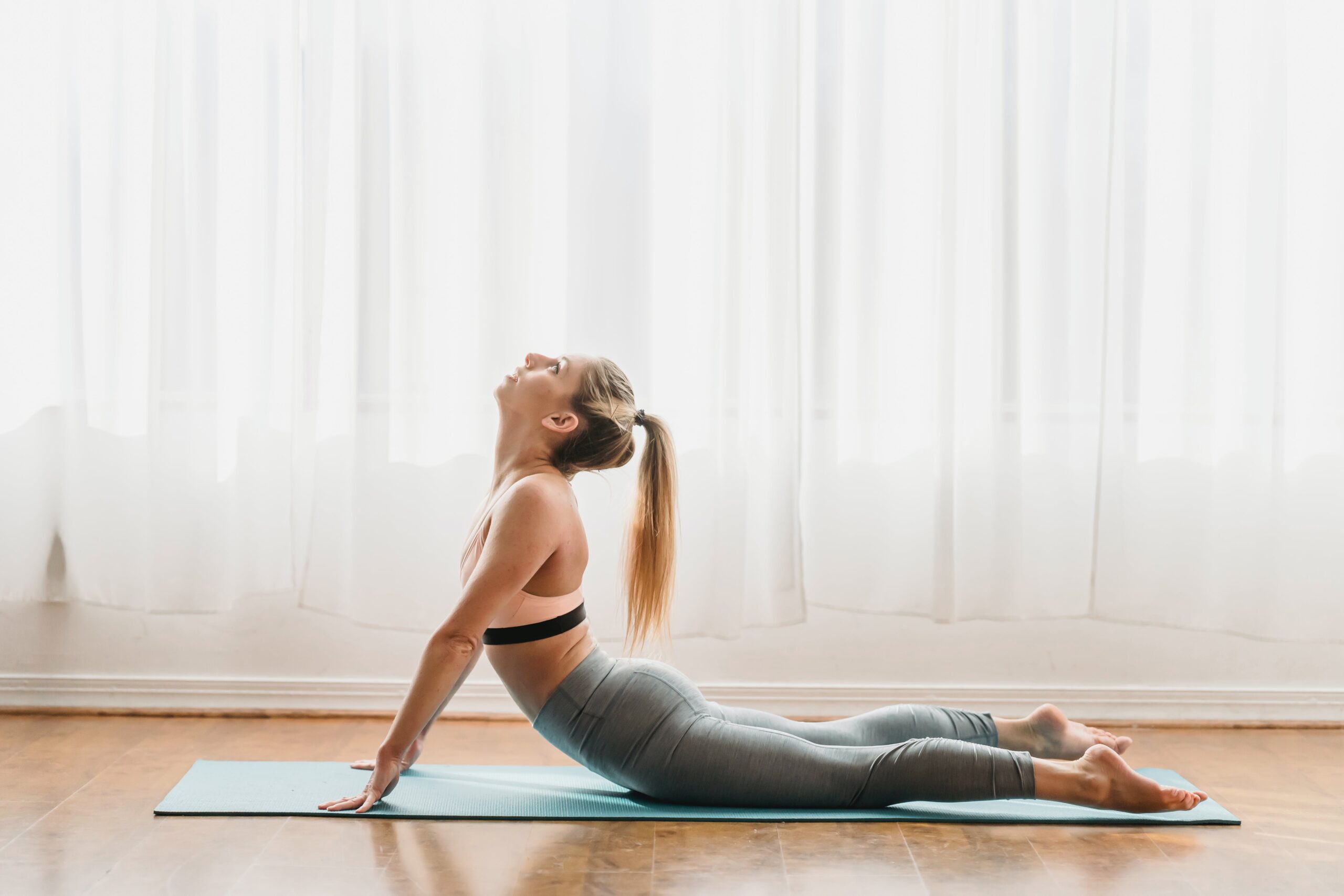
Are you tired of the same solo yoga routine? Looking for a way to enhance your practice and build a stronger connection with a friend or partner? Look no further than 2 person yoga poses – a delightful blend of balance, trust, and shared mindfulness. In this article, we’ll guide you through the exciting world of partner yoga, from the basics to advanced poses, and explore the myriad benefits it offers.
Getting Started with 2 Person Yoga Poses
Before diving into the poses, it’s crucial to choose a compatible partner. Your partner should share your enthusiasm for yoga and be willing to explore new challenges. Additionally, both partners should feel comfortable communicating openly about their physical limitations and expectations.
Partner Communication and Trust
Clear communication is the foundation of successful 2 Person Yoga Poses. Discuss your intentions, fears, and preferences with your partner beforehand. Building trust is equally essential – knowing your partner has your back (sometimes quite literally) fosters a sense of security and enhances the overall experience.
Warm-up Exercises for Partners
To ensure a smooth practice, start with joint stretches and mobility exercises. Focus on synchronizing your breath with your partner’s, creating a harmonious rhythm. These warm-up activities prepare your bodies for the physical demands of partner yoga.
Beginner 2 Person Yoga Poses
If you’re new to 2 Person Yoga Poses, begin with simple poses that emphasize balance and coordination. Poses like the Double Tree and Partner Boat pose are excellent starting points. These foundational poses lay the groundwork for more complex sequences.
Intermediate 2 Person Yoga Poses
As you gain confidence, progress to intermediate poses that challenge your strength and flexibility. Poses like the Partner Warrior III and Double Downward Dog provide an opportunity to deepen the connection between partners while refining individual skills.
Advanced Partner Yoga Poses
For seasoned practitioners, advanced partner yoga poses offer a thrilling challenge. Poses like the AcroYoga Throne and Double Pigeon require a high level of skill, trust, and synchronization. These poses showcase the profound connection that can be achieved through dedicated practice.
Therapeutic Benefits of 2 Person Yoga Poses
Beyond the physical aspects, partner yoga provides therapeutic benefits. The shared experience promotes stress relief, relaxation, and a heightened emotional connection. The mutual support offered during partner yoga can deepen your bond with your practice companion.
Common Mistakes to Avoid
In the excitement of partner yoga, it’s easy to overlook communication and individual limitations. Avoiding these common mistakes ensures a safer and more enjoyable experience. Regularly check in with your partner, and be mindful of any discomfort or strain.
Safety Precautions in Partner Yoga
Understanding your partner’s physical limitations is crucial for a safe practice. Use props and aids, such as 2 Person Yoga Poses blocks or straps, to provide additional support. Prioritize safety to prevent injuries and make the experience enjoyable for both participants.
Creative Variations of 2 Person Yoga
Inject creativity into your partner yoga sessions by incorporating music or props. Experiment with different variations of poses to create a unique experience tailored to you and your partner’s preferences. The key is to make the practice enjoyable and sustainable.
Yoga Challenges and Competitions for Partners
For those seeking a competitive edge, explore the world of yoga challenges and competitions designed for partners. These events provide an opportunity to showcase your skills, connect with like-minded individuals, and take your partner yoga journey to new heights.
Yoga Poses for Different Relationships
2 Person Yoga Poses is not limited to romantic partners. Discover poses suitable for couples looking to deepen their connection, as well as poses suitable for friends or family members seeking a shared wellness experience.
Frequently Asked Questions (FAQs)
Can I practice 2 Person Yoga Poses if I’m a beginner?
- Absolutely! Start with beginner-friendly poses and gradually progress based on your comfort level.
Do I need a yoga partner with the same skill level?
- Not necessarily. Partner yoga is adaptable, and poses can be modified to accommodate different skill levels.
Is partner yoga safe for individuals with injuries or health conditions?
- It’s essential to consult with a healthcare professional before engaging in partner yoga if you have pre-existing health concerns.
Can I practice 2 person yoga with a friend or family member?
- Yes, partner yoga is versatile and suitable for various relationships.
What should I do if my partner and I have different levels of flexibility?
- Focus on poses that balance each partner’s strengths, and use props to aid in achieving the desired stretch.
Conclusion
Incorporating 2 person yoga poses into your practice is not just about physical benefits but also about strengthening connections. The shared experience of challenging poses, the laughter in moments of instability, and the mutual support create lasting memories. So, grab a partner, embark on this yoga journey together, and deepen your connection through the power of shared practice.










Comments
Best-Selling & Trendy Watches for Kids You Must Buy This Season